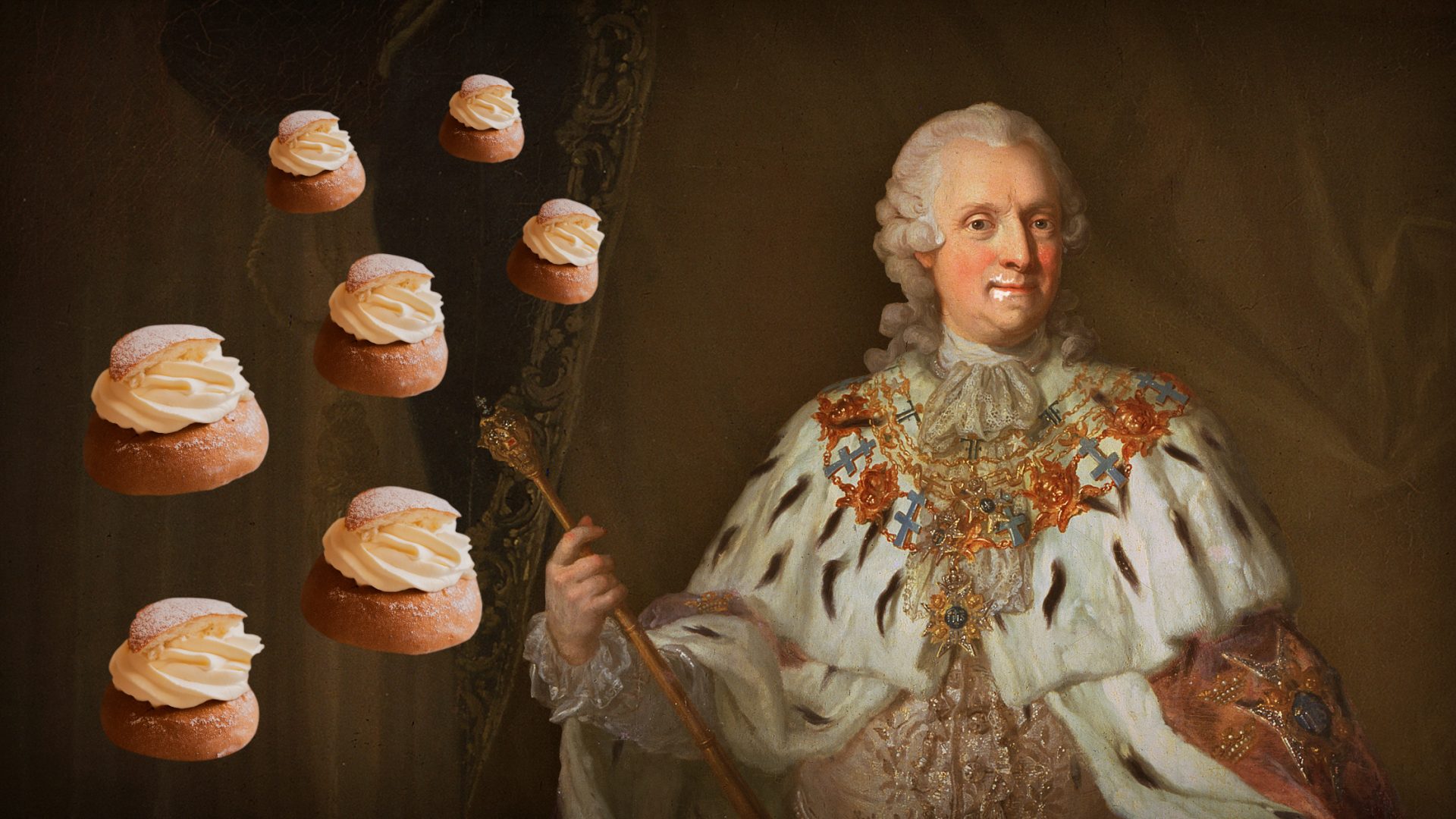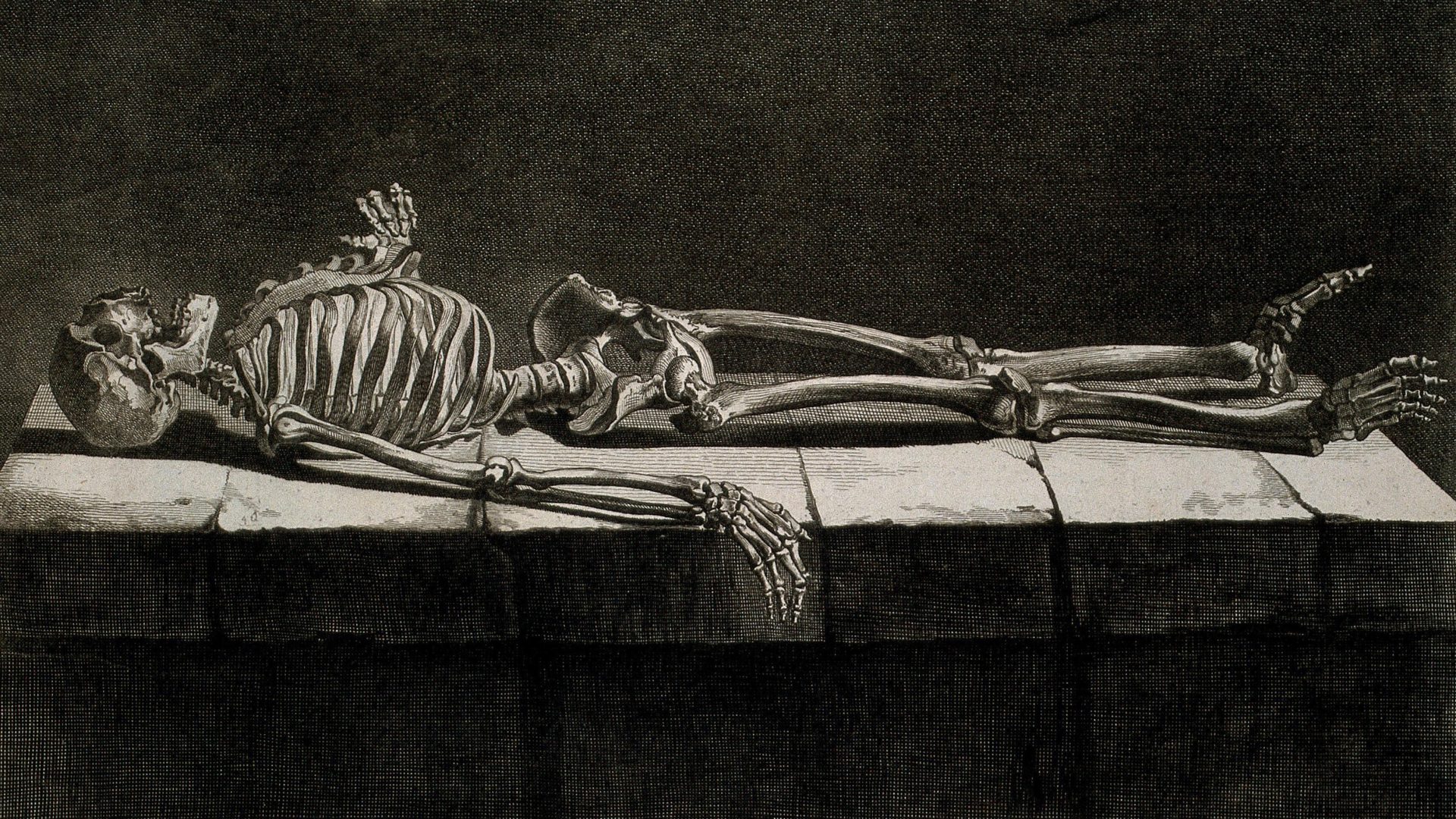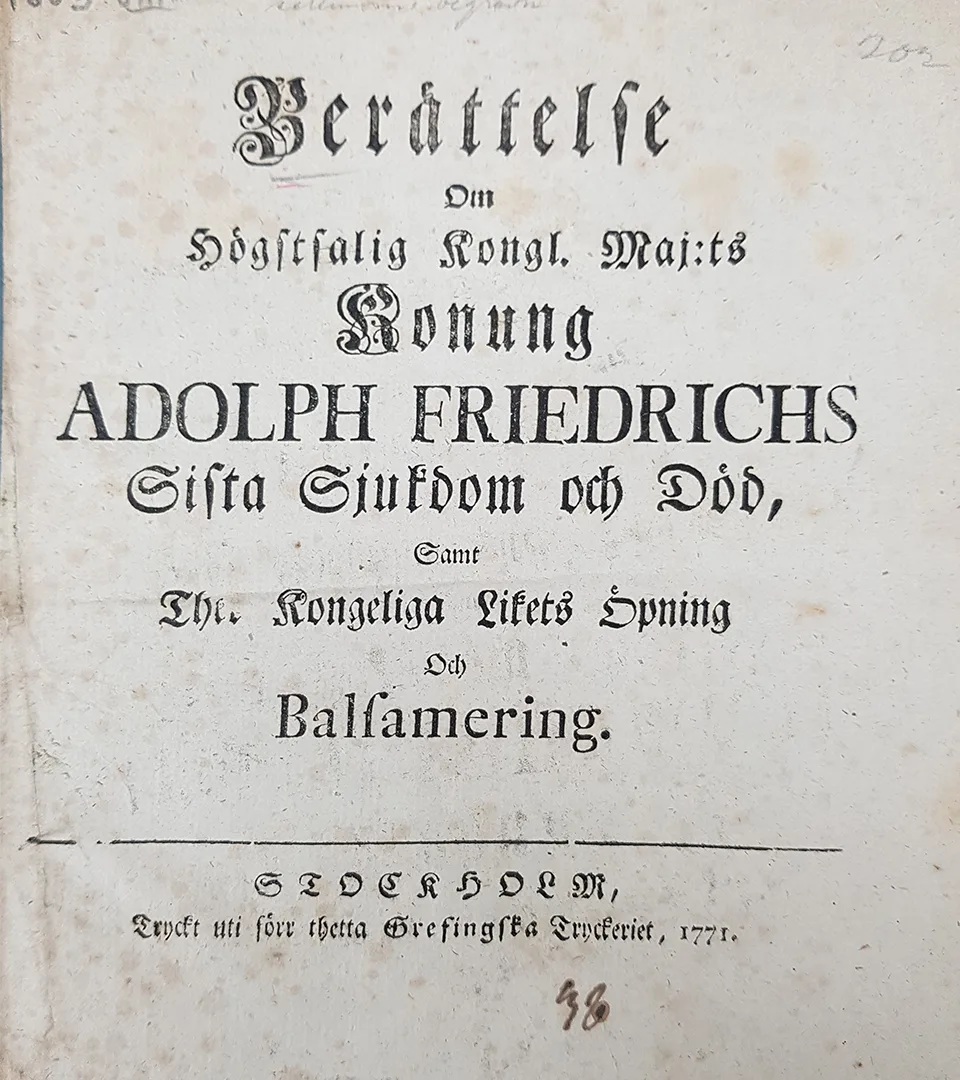
The King Who Died of Sweet Rolls, or what?
More precisely, Oxenstierna wrote in his diary: "His Majesty's death has occurred from indigestion of hetvägg, sauerkraut, meat with turnips, lobster, caviar, duckling and Champagne wine." Hetvägg is the old name for a sweet roll with whipped cream served in milk. The role of the buns in the king's death is often written about and debated, once a year in fact. Less focus has been on the king's general state of health.
The king's health was not good. Adolf Fredrik had had various problems ever since his arrival in Sweden in the 1740s. There were persistent headaches and migraine attacks, stomach aches, colic, "rumble of weather" and haemorrhoids with itching, as well as alternating constipation and diarrhoea. And he often had a cold. Overall, it gives the image of fragile health and a digestive system out of order.
Roughly a day after his death, the royal physician Herman Schützercrantz performed an opening of the royal corpse. The postmortem lividity and gases were completely natural in the context, as was the fact that the stomach contained a recently consumed meal. What is of interest, however, is that both the small and large intestines are largely empty.

In a healthy person, food goes through the digestive system in just over 24 hours. That the king's intestines were empty could mean that he had not eaten anything for a day. He may have kept the fast. A more likely reason is that the bowel was either emptied at the moment of death or shortly before the meal. It is not entirely impossible that the king was given an enema to make room for the big meal.
The more affluent in society rarely had a normal stool. The low-fibre and high-sugar foods they ate often resulted in constipation or diarrhoea. Many doctors also believed that enemas were good for health. Generally, a rich person subjected his intestinal tract and rectum to unkind treatment. That the king had major problems with digestion and with haemorrhoids is therefore not surprising. The observations made by Dr. Schützercrantz also suggest that the king would eventually have developed cancer of the stomach or intestines due to his eating habits. The king thus suffered from similar welfare diseases that a large part of the Western world suffers from today.
So the king ate himself to death, just as Oxenstierna wrote, but it was a process that took place over a long time.
